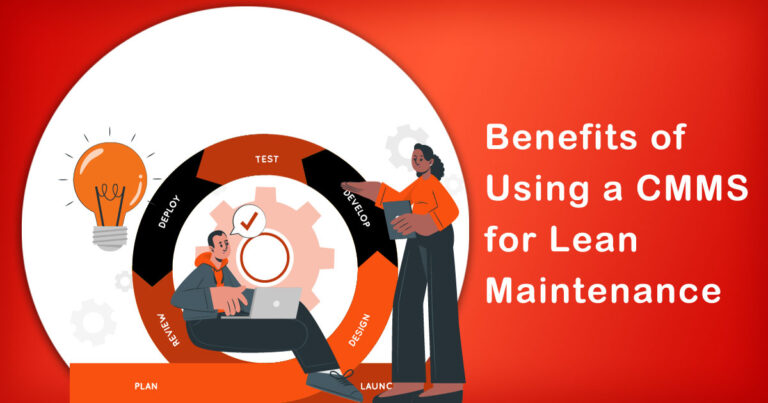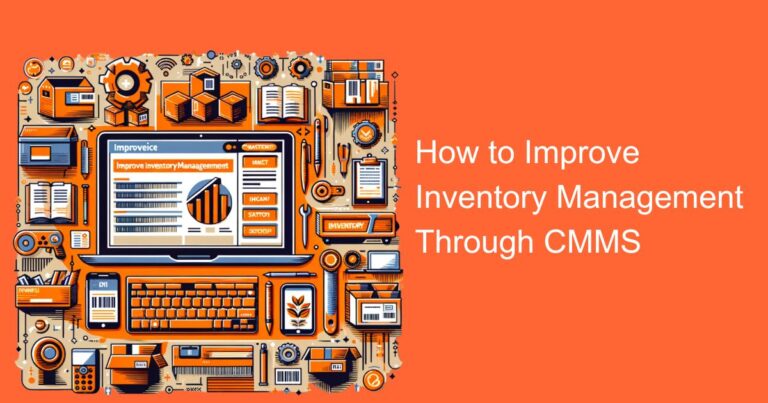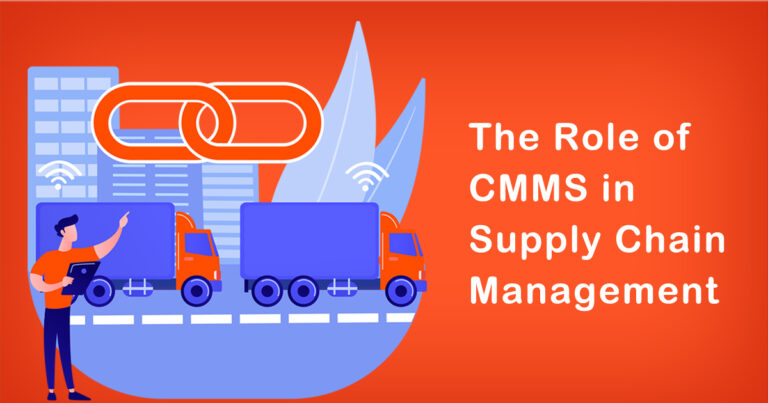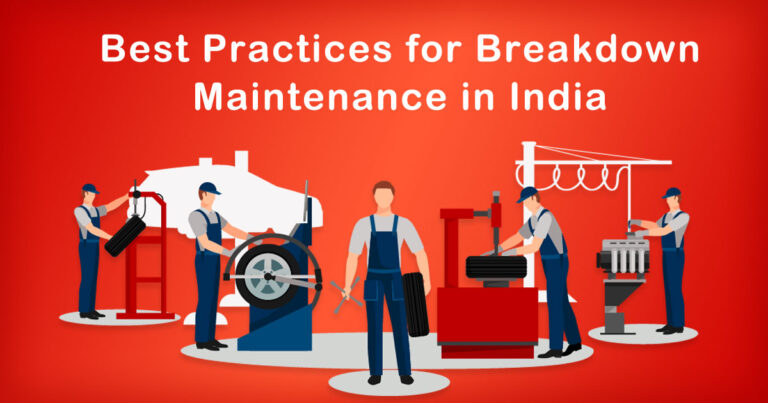Introduction
In today’s fast-paced processing industry, efficient management of assets and resources is crucial for ensuring smooth operations and maximizing productivity. With the increasing complexity and scale of industrial processes, companies are turning to advanced tools and technologies to streamline their maintenance operations. Computerized Maintenance Management Systems (CMMS) have emerged as a game-changer in this regard. In this article, we will explore the role of CMMS in the processing industry, focusing on the Indian context.
Understanding CMMS
A Computerized Maintenance Management System (CMMS) is a software solution designed to facilitate the management and maintenance of assets and equipment within an organization. CMMS provides a centralized platform for recording, scheduling, and tracking maintenance activities, allowing companies to optimize their maintenance strategies, reduce downtime, and extend asset lifecycles.
Key Features and Benefits
1. Asset Management:
CMMS enables comprehensive asset management by providing a centralized database of all equipment, including critical information such as specifications, warranties, maintenance history, and spare part inventory. This ensures that technicians have instant access to accurate data, facilitating efficient maintenance planning and decision-making.
2. Preventive Maintenance:
CMMS allows organizations to implement proactive maintenance strategies by scheduling preventive maintenance tasks based on usage, time, or condition-based triggers. By performing regular inspections and addressing potential issues before they escalate, companies can minimize breakdowns, improve reliability, and extend the lifespan of their assets.
3. Work Order Management:
CMMS streamlines work order management by automating the process of creating, assigning, and tracking maintenance tasks. This ensures that maintenance requests are promptly addressed, reducing response times and increasing operational efficiency.
4. Inventory and Spare Parts Management:
CMMS includes features for managing inventory and spare parts, ensuring that the right parts are available when needed. By optimizing inventory levels and streamlining procurement processes, companies can reduce downtime and minimize the costs associated with spare parts.
5. Data Analytics and Reporting:
CMMS captures a wealth of data on maintenance activities, enabling organizations to generate insightful reports and perform data-driven analysis. These insights can be used to identify trends, uncover areas for improvement, and make informed decisions regarding maintenance strategies and resource allocation.
CMMS Implementation Challenges and Best Practices
Implementing a CMMS in the processing industry may present certain challenges. However, by following some best practices, organizations can overcome these hurdles and maximize the benefits:
1. Clear Objectives:
Define clear objectives for implementing CMMS, such as reducing downtime, improving asset performance, or enhancing regulatory compliance. This will help guide the implementation process and align it with organizational goals.
2. Data Migration:
Ensure smooth data migration from existing systems to the CMMS platform. This may involve cleaning and organizing data to ensure accuracy and completeness.
3. Training and User Adoption:
Provide comprehensive training to employees on how to effectively use the CMMS platform. Encourage user adoption by emphasizing the benefits and involving employees in the implementation process.
4. Integration with Other Systems:
Integrate the CMMS with other existing systems, such as enterprise resource planning (ERP) or supervisory control and data acquisition (SCADA) systems, to leverage data and enhance efficiency.
The Indian Context
In India, the processing industry plays a significant role in the country’s economy, contributing to GDP growth and generating employment opportunities. The adoption of CMMS in the Indian processing industry has been steadily increasing as organizations recognize the need for efficient maintenance management. The benefits offered by CMMS align with the Indian industry’s focus on productivity improvement, cost reduction, and regulatory compliance.
Furthermore, the implementation of CMMS in the processing industry supports the government’s Make in India initiative, which aims to promote domestic manufacturing and make India a global manufacturing hub. By enabling better asset management and maintenance practices, CMMS enhances operational efficiency and helps companies meet international quality standards.
Conclusion
The adoption of CMMS in the processing industry is rapidly gaining traction in India. With its comprehensive features and benefits, CMMS enables organizations to optimize asset management, implement preventive maintenance strategies, streamline work order management, and make data-driven decisions. By overcoming implementation challenges and following best practices, Indian companies can leverage CMMS to enhance productivity, reduce downtime, and stay competitive in today’s dynamic business landscape.








